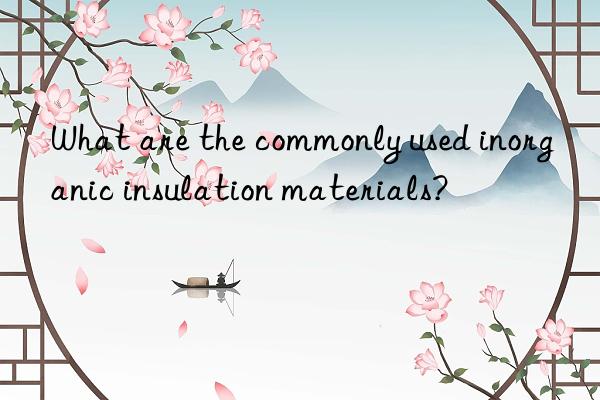
With the current increase in the requirements for exterior wall insulation and fire protection, inorganic insulation materials have extensive market demand due to their excellent properties such as energy saving and waste utilization, thermal insulation, fire protection and anti-freeze, and aging resistance. The inorganic insulation materials currently on the market mainly include vitrified microspheres, rock wool boards, glass wool, expanded perlite, aerated concrete, etc.
Vitrified Microspheres
Vitrified Microspheres: Inorganic glassy mineral materials, which are made from volcanic rock crushed into ore and processed by a special expansion and firing method. The product is irregular. Spherical particles with a cavity structure inside and a glassy closed surface. It is a new type of inorganic thermal insulation material. It is a non-combustible material, Class A. Commonly used bulk density in design: 50~100Kg/m3, thermal conductivity about 0.065W/m.k.
Rock wool board (rock wool strip)
Also known as rock wool, it is a fluffy short thin fiber made of natural rocks, minerals or industrial waste. Rock wool itself is an inorganic silicate fiber. During the production process, some organic binders or additives will be added, which will slightly affect the combustion performance of the product. However, rock wool is generally considered to be a non-combustible material, Class A. The bulk density of commonly used rock wool boards in design is: 80~160Kg/m3, and the thermal conductivity is about 0.044W/m.k.
Mineral wool
It is made of molten metallurgical slag into floc by injection or centrifugation. It has the characteristics of heat insulation, sound absorption, corrosion resistance, non-combustibility, etc., and can be loose state or used in felt form. Since mineral wool has a lower acidity coefficient and contains more alkaline oxides, its physical properties are more unstable than rock wool. Mineral wool is a non-combustible material, Class A. The bulk density of mineral wool boards commonly used in design is: 80~160Kg/m3, and the thermal conductivity is about ≤0.044W/m.k.
Glass wool
Fiberizes molten glass to form a fluffy cotton-like material. The material of glass wool itself is glass, just like rock wool. Although some organic components will be added during the production process, glass wool is generally considered to be a non-combustible material, Class A. The bulk density of glass wool boards commonly used in design is: 30~40Kg/m3, and the thermal conductivity is about 0.033W/m.k.
Expanded perlite
Expanded perlite is a kind of acidic volcanic glassy lava (perlite) that is crushed and screened to a certain particle size, and then preheated and extended at high temperature. A white or light-colored thermal insulation material made by sintering. It is a non-combustible material, Class A. Asphalt expanded perlite boards are commonly used in design, with bulk density: 400Kg/m3 and thermal conductivity of about 0.12W/m.k.
Aerated concrete
Aerated concrete is made of siliceous materials (sand, fly ash and silicon-containing tailings, etc.) and calcareous materials (lime, cement) as the main raw materials , a lightweight porous silicate product made by adding gas-producing agent (aluminum powder) and made through mixing, pouring, pre-curing, cutting, autoclaving, curing and other processes. It contains a large number of uniform and fine pores. Common pulverized coal Ash aerated concrete. The new type of air-entrained concrete (XB) has better physical properties than ordinary air-entrained blocks. Aerated concrete is a non-combustible material, Class A. Commonly used bulk density in design: XB04 aerated concrete <425Kg/m3, thermal conductivity about 0.12W/m.k.
Foam glass
It is an inorganic non-metallic glass material formed by crushing cullet, foaming agent, modifying additives, etc., uniformly mixing and melting at high temperature. It is a non-combustible Material, grade A. Commonly used bulk density in design: 130~160Kg/m3, thermal conductivity about 0.06W/m.k.
</p



 微信扫一扫打赏
微信扫一扫打赏
